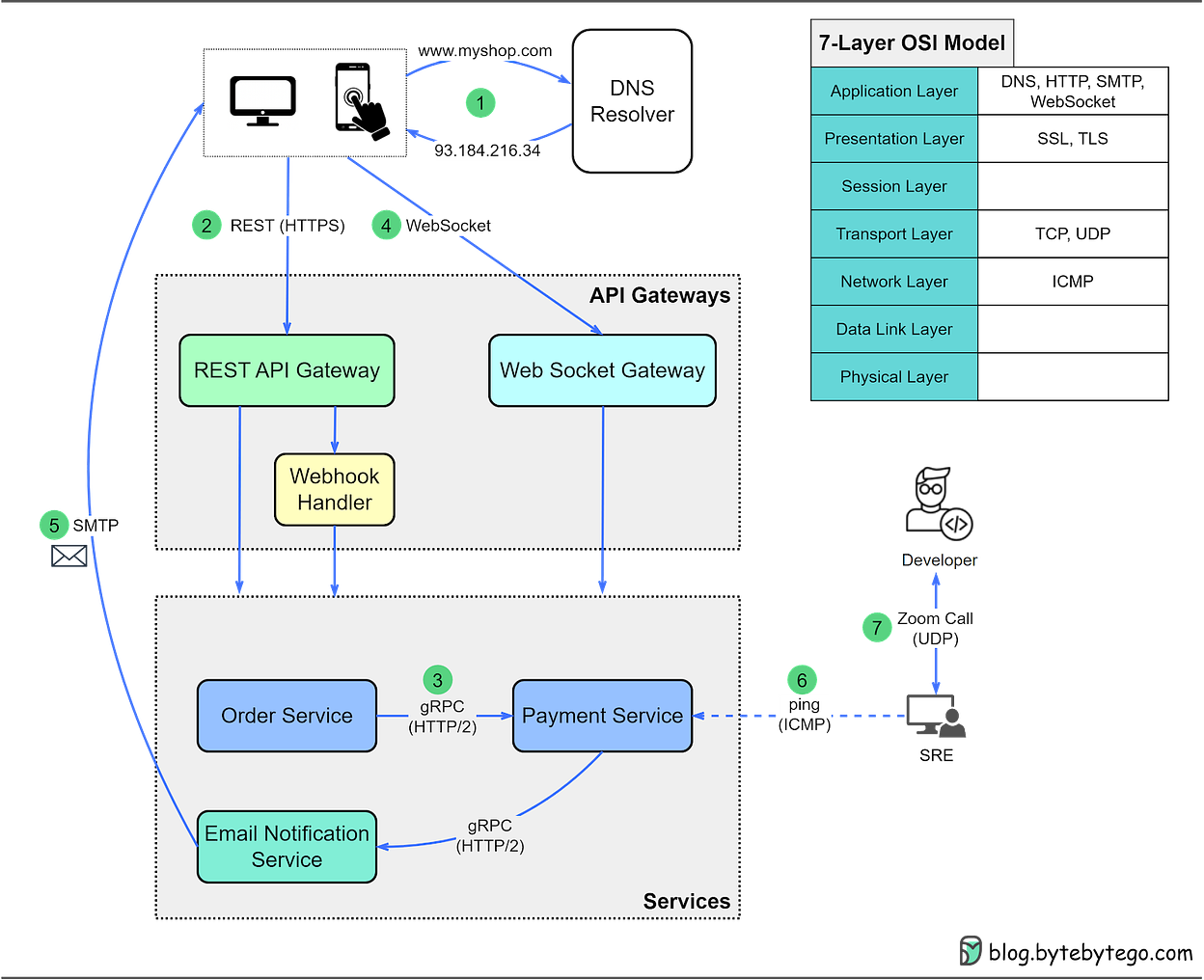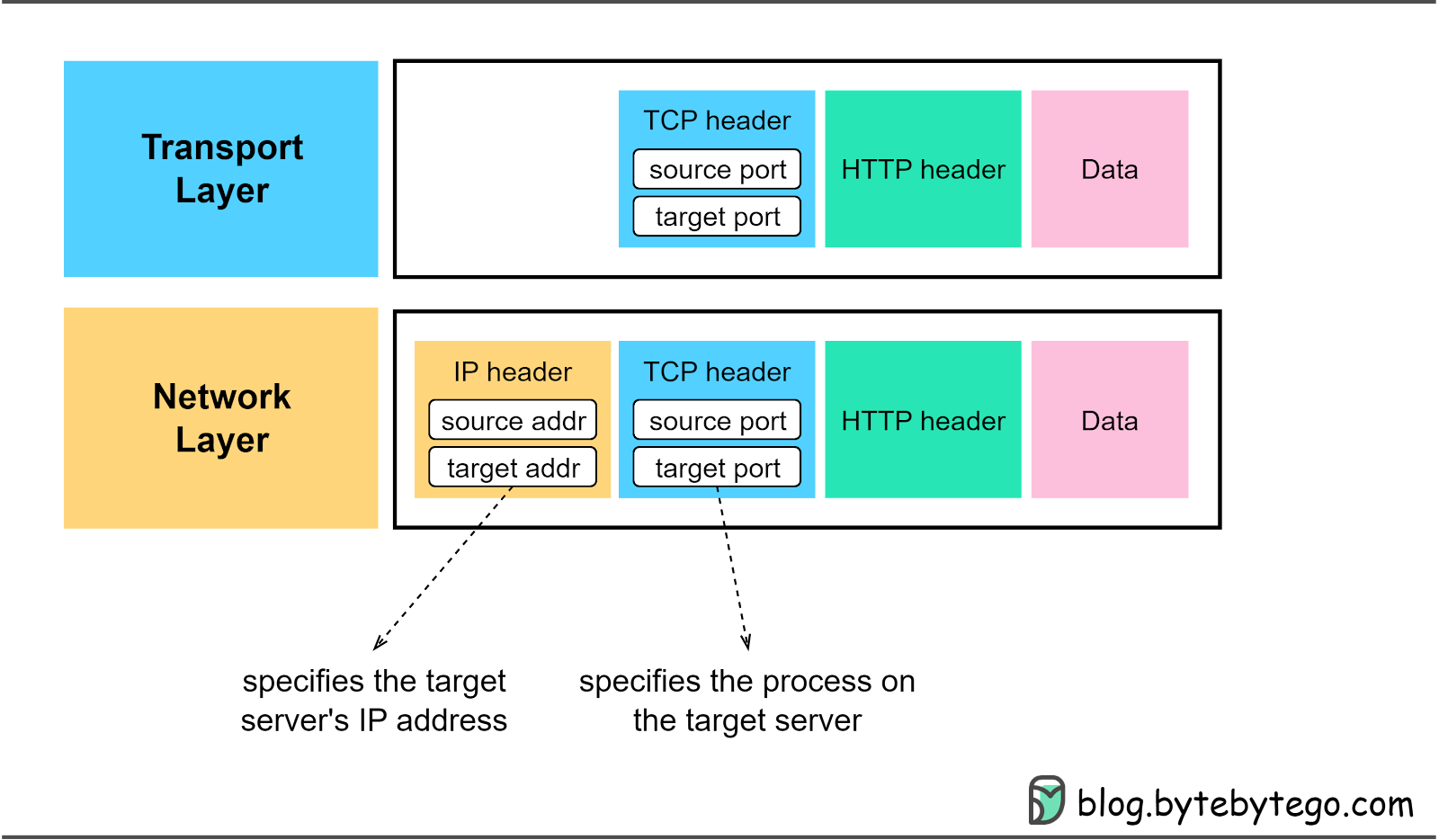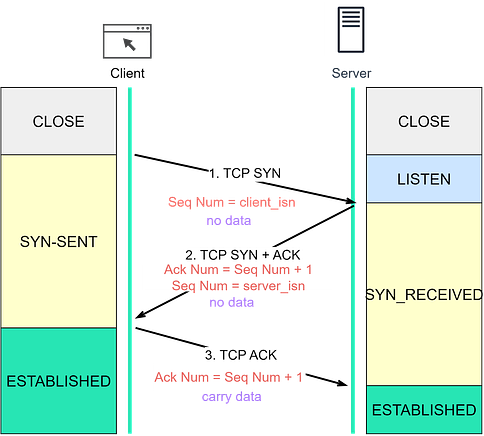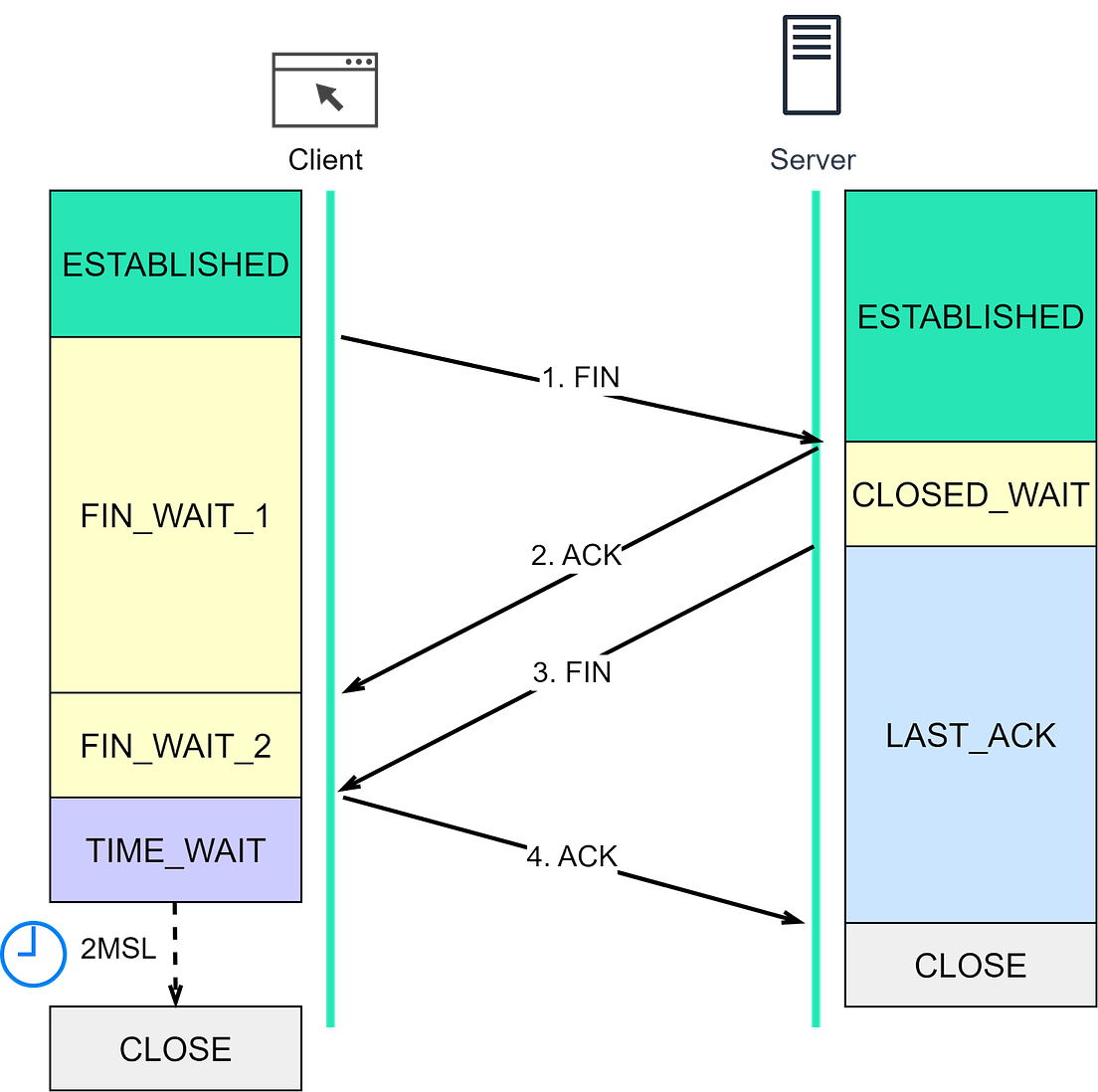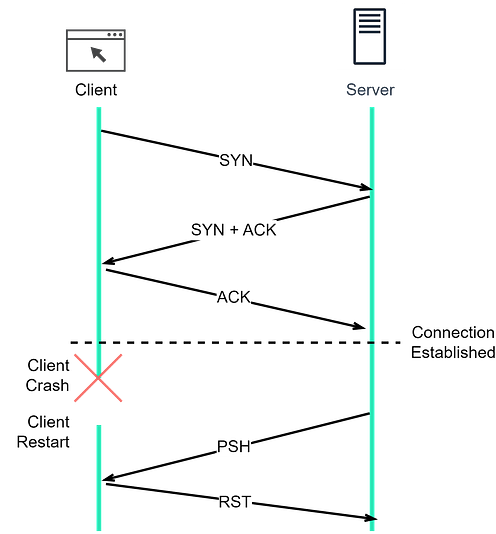- Mailing Lists
- in
- Everything You Always Wanted to Know About TCP But Too Afraid to Ask
Archives
- By thread 5314
-
By date
- June 2021 10
- July 2021 6
- August 2021 20
- September 2021 21
- October 2021 48
- November 2021 40
- December 2021 23
- January 2022 46
- February 2022 80
- March 2022 109
- April 2022 100
- May 2022 97
- June 2022 105
- July 2022 82
- August 2022 95
- September 2022 103
- October 2022 117
- November 2022 115
- December 2022 102
- January 2023 88
- February 2023 90
- March 2023 116
- April 2023 97
- May 2023 159
- June 2023 145
- July 2023 120
- August 2023 90
- September 2023 102
- October 2023 106
- November 2023 100
- December 2023 74
- January 2024 75
- February 2024 75
- March 2024 78
- April 2024 74
- May 2024 108
- June 2024 98
- July 2024 116
- August 2024 134
- September 2024 130
- October 2024 141
- November 2024 171
- December 2024 115
- January 2025 216
- February 2025 140
- March 2025 220
- April 2025 233
- May 2025 239
- June 2025 303
- July 2025 126
Everything You Always Wanted to Know About TCP But Too Afraid to Ask
Everything You Always Wanted to Know About TCP But Too Afraid to Ask
This is a sneak peek of today’s paid newsletter for our premium subscribers. Get access to this issue and all future issues - by subscribing today. Latest articlesIf you’re not a subscriber, here’s what you missed this month: To receive all the full articles and support ByteByteGo, consider subscribing: In this issue, we dive into one of the most important protocols - Transmission Control Protocol (TCP). Recalling our previous issue, client-server communications rely on HTTP and WebSocket. While HTTP is used for stateless, request/response communication, WebSocket is used for persistent, bi-directional communication. Crucially, both rely on TCP. Connection-oriented, reliable, and bitstream-orientedThe IP protocol at the network layer is inherently unreliable. It is responsible for delivering packets from one IP address to another without any guarantees for delivery, order, or even the completeness of the data in the packet. This is where TCP steps in to ensure reliable data transmission. There are 3 important features of TCP:
To identify a unique TCP connection, we use the following fields, often referred to as a 4-tuple.
More on TCP headerWe have already touched on the source and destination ports in the TCP header. Let’s further investigate other fields in the TCP header, especially those essential for TCP connection establishment. The diagram below highlights these significant fields.
When we establish a new TCP connection, a random 32-bit value is assigned as the initial sequence number. The receiving end uses this sequence number to send back an acknowledgment. The sequence number serves as a mechanism to ensure sequential processing of the segments at the receiving end.
This 32-bit number is used by the receiver to request the next TCP segment. This value is the sequence number incremented by one. When the sender receives this acknowledgment, it can assume that all preceding data has been received successfully. This mechanism works to prevent any data losses.
Also known as control bits, flags indicate the purpose of a TCP message. As we will explore in the next section, there are different types of TCP messages. The control bits indicate whether the message is for establishing a connection, transmitting data, or terminating a connection.
In the next section, we’ll see how these fields are used during TCP connection establishment. Establishing a TCP connection: The 3-way handshakeLet's explore how TCP establishes a connection, a process known as a 3-way handshake, illustrated in the diagram below. Step 0: Initially, both client and server are in a CLOSE state. The server starts by listening on a specific port for incoming connections. Step 1: The client initiates a connection by sending a SYN segment to the server. It assigns a random number to the sequence number, known as the Initial Sequence Number (ISN). The SYN control bit is set to 1, transitioning the client into the SYN-SENT state. Step 2: Upon receiving the SYN segment, the server assigns a random number to the sequence number and sets the acknowledgment number to client_isn+1. Then, it sets both the SYN and ACK control bits to 1 and sends this segment back to the client. At this point, the server enters the SYN-RECEIVED state. Step 3: The client, after receiving the SYN+ACK segment, sends back an ACK segment, setting the acknowledgment number to server_isn+1. This segment can now carry application-layer data, and the client enters the ESTABLISHED state. Once the server receives the ACK segment, it too enters the ESTABLISHED state. It’s worth noting that the first two handshakes cannot carry data, but the third one can. Following the 3-way handshake, the client and server can start exchanging data. TCP is reliable, so what happens when a segment is lost?
If the client doesn’t receive SYN+ACK within a set timeframe, it resends the SYN segment several times (the default is 5). If the SYN+ACK segment still doesn’t arrive, the client terminates the connection, transitioning from SYN_SENT to CLOSED state.
The client cannot distinguish between the loss of a SYN segment or SYN+ACK segment, so it resends the SYN segment and closes the connection after several attempts. If the server doesn’t receive the ACK within a certain time, it resends the SYN+ACK segment and closes the connection after several attempts.
If the server doesn’t receive the ACK segment, it initiates a resend. Note that the client does not resend the ACK segment. If the server fails to receive the ACK segment even after resending, it closes the connection. Closing a TCP connection: The 4-way handshakeLet’s now move on to how a TCP connection is terminated. Both client and server can initiate the termination. In the diagram below, the client initiates the termination. Step 1: The client initiates by sending a FIN segment to the server, transitioning into the FIN_WAIT_1 state. Step 2: After receiving the FIN segment, the server responds with an ACK segment and enters the CLOSE_WAIT state. After receiving the ACK segment, the client enters the FIN_WAIT_2 state. Step 3: Once the server finishes processing, it sends a FIN segment to the client and enters the LAST_ACK state. Step 4: After receiving the FIN segment, the client sends an ACK segment and enters the TIME_WAIT state. The server, after receiving the ACK segment, moves to the CLOSED state. After waiting for a 2MSL (Maximum Segment Lifetime) duration, the client also transitions to the CLOSED state. The MSL is the longest period a TCP segment can exist in network, arbitrarily defined as 2 minutes. To dive deeper into TCP handshake, let’s consider three edge cases:
What happens if the client goes down after establishing a TCP connection?Let’s consider a scenario where a TCP connection has been established between client and server, and then the client suddenly goes offline. What would happen? If the server doesn’t attempt to send data to the client, there is no way for the server to know about the client’s status. The server would remain in the ESTABLISHED state. A solution to this issue is the implementation of TCP keepalive. With TCP keepalive, a set of timers are associated with the established TCP connection. When the keepalive timer expires, the server sends a keepalive probe to the client. This probe is an ACK segment with no data. If several consecutive probe segments are sent without any response from the client, the server presumes the TCP connection is dead. Now let’s dive deeper into TCP keepalive across four scenarios:
Similar mechanisms apply when the server goes down after a TCP connection is established, as TCP is a duplex protocol... Keep reading with a 7-day free trialSubscribe to ByteByteGo Newsletter to keep reading this post and get 7 days of free access to the full post archives. A subscription gets you:
© 2023 ByteByteGo |
by "ByteByteGo" <bytebytego@substack.com> - 11:36 - 22 Jun 2023
